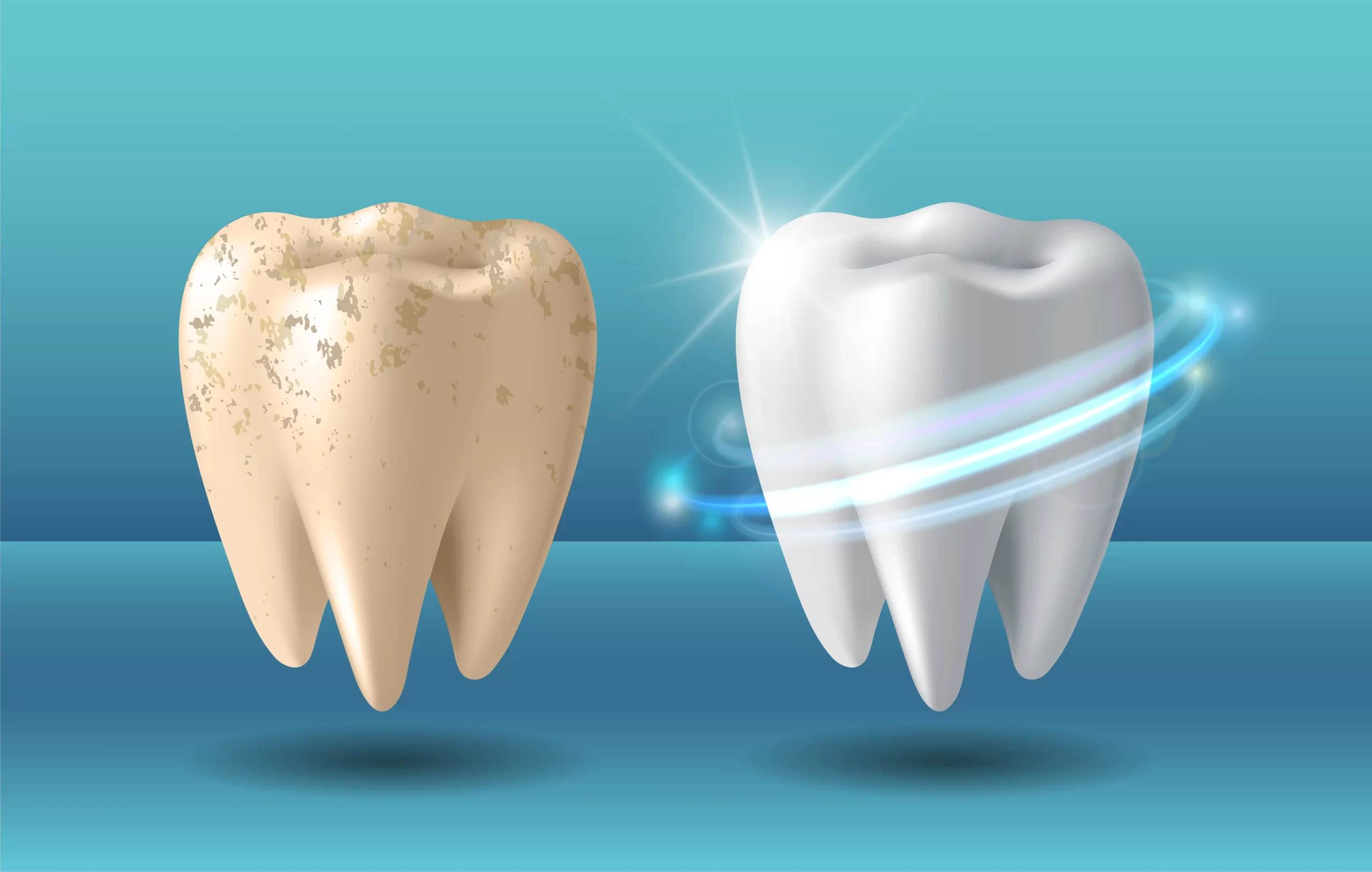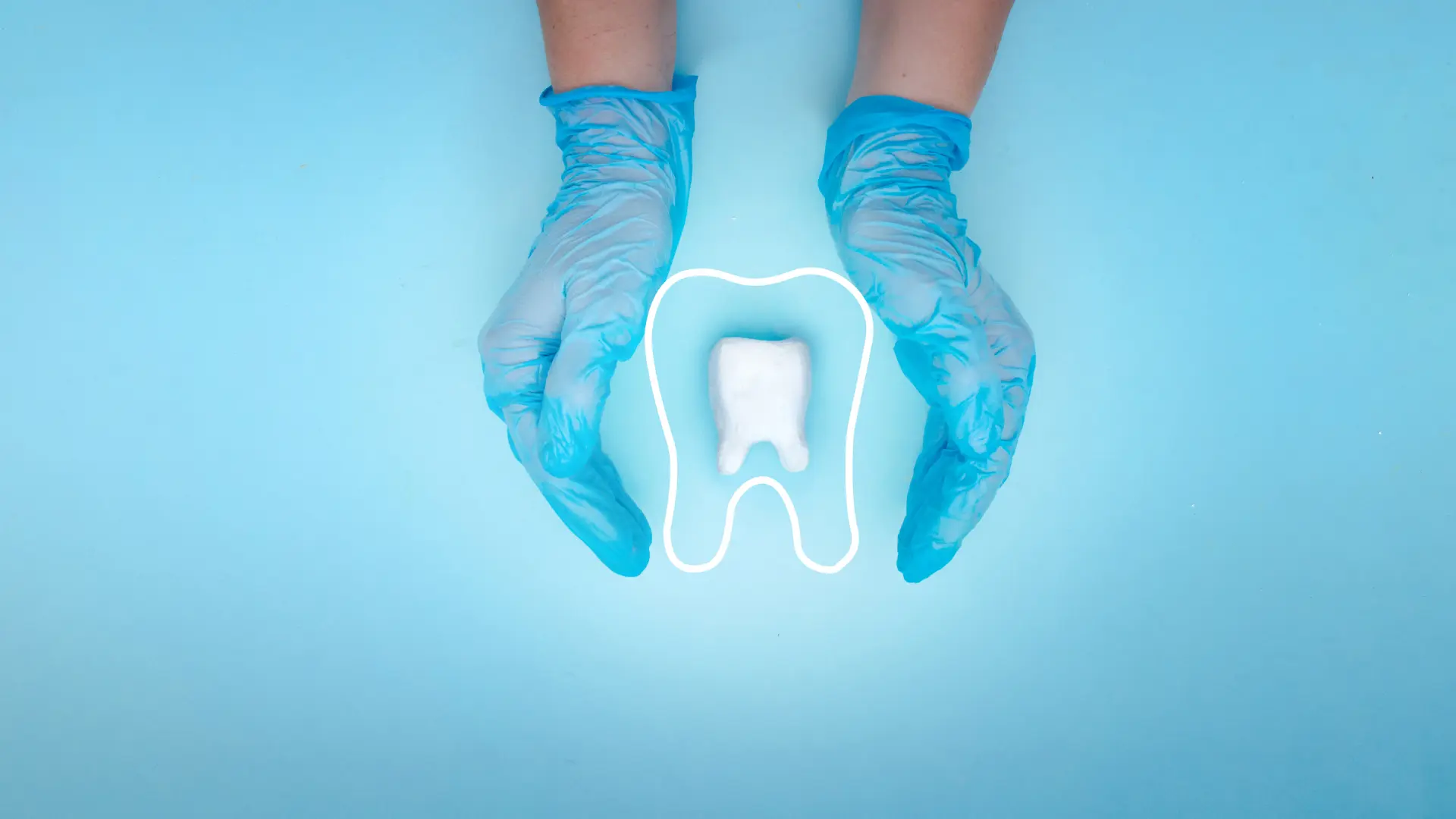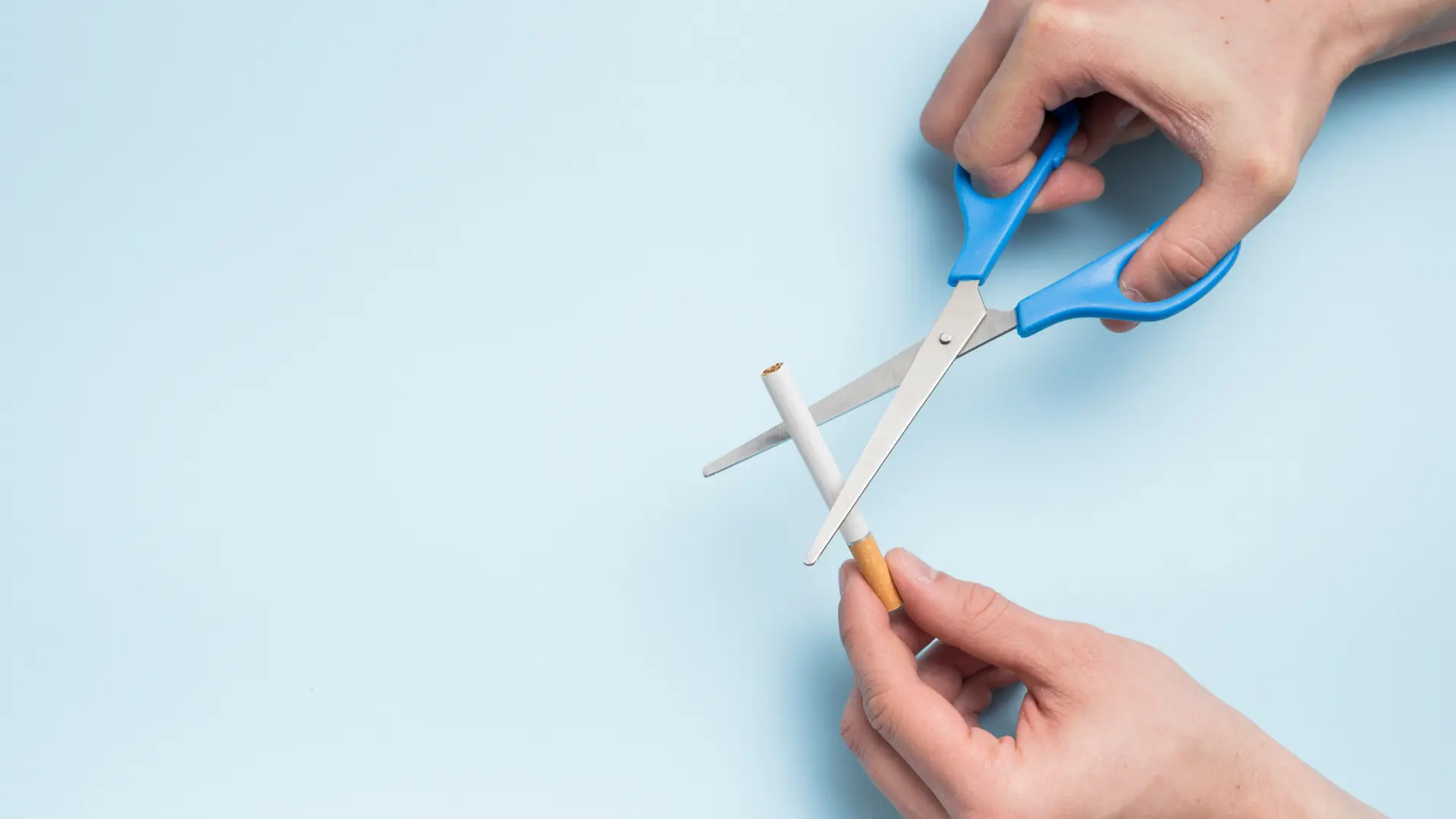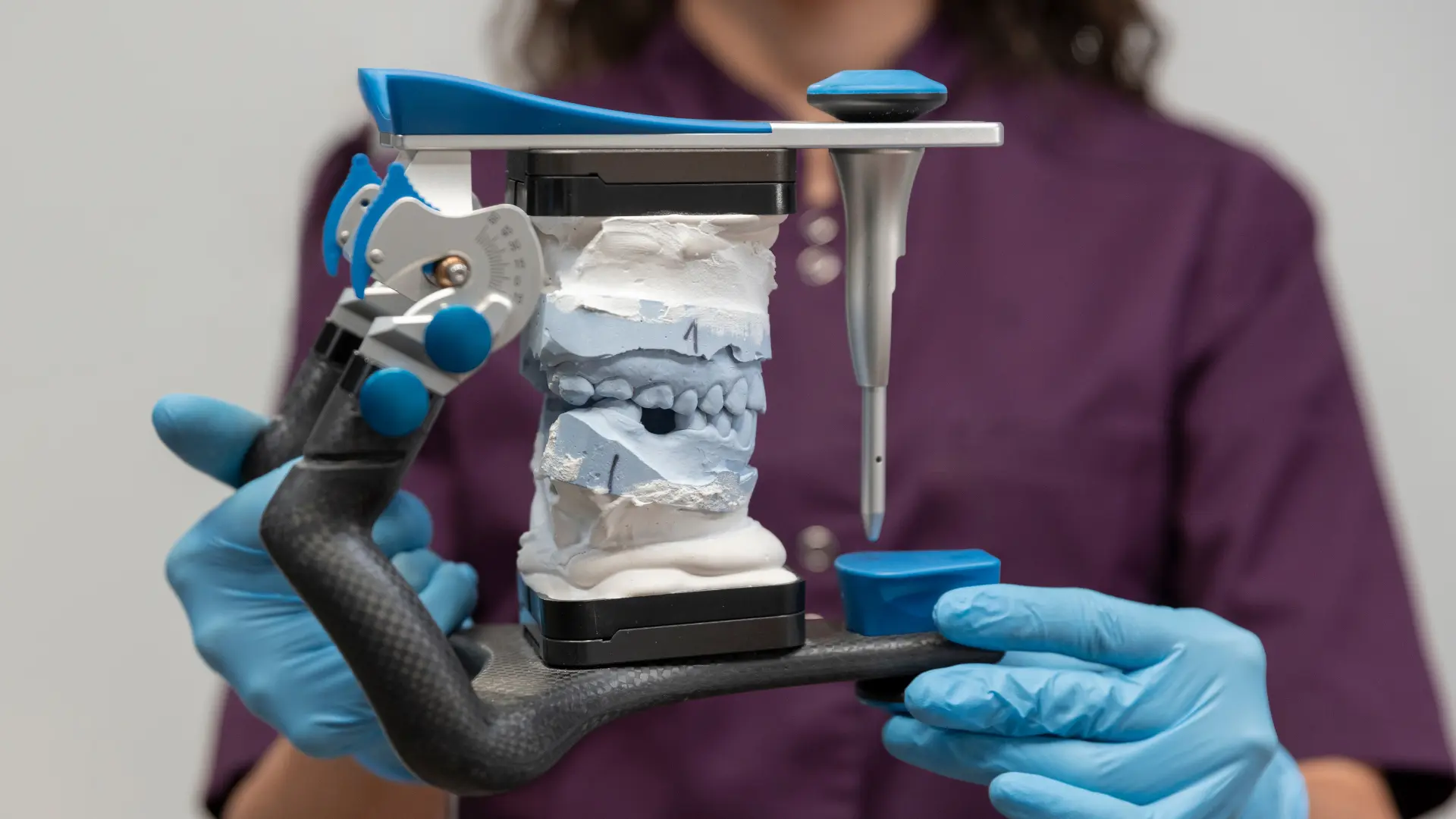Oral health is part and parcel of general health. Familiarity with common dental issues means the first step to a brilliant smile and healthy teeth. Common complaints include tartar, plaque, and calculus. This blog explains each term and how each of these elements is affecting dental health, then suggests ways of best control.
What is Tartar? Plaque? Calculus?
A colorless and sticky layer of bacteria grows on top of teeth referred to as plaque. It develops as saliva along with food pieces and bacteria interacts. Plaque is usually seen as a common occurrence since it appears in little quantities in many individuals’ mouths. If left uncleaned by effective brushing and flossing it may turn into hardened plaque known as calculus.
Tartar forms on teeth when plaque has stayed in one place for more than a few days. Yellow or brown in color,tartar is much tougher to clean than plaque. If not treated promptly it might cause gum disease and several other dental issues.
Tartar can also be called calculus. In most cases tartar signifies the solid mass that affixes to the outside of the tooth. Underneath the gumline is where one can identify calculus. Occasionally this term uses the same concept as tartar but it holds a more formal context.
The Importance of Regular Dental Care
Good oral hygiene will make the difference in these terms. An individual must brush and floss on a regular basis to prevent plaque from accumulating and ultimately calcifying into tartar. When one doesn’t’ care enough, then the dental problems become severe, anything from cavities to gum diseases and possibly losing a tooth.
How Do Dentists Remove Tartar or Hardened Plaque?
Once plaque turns into tartar it requires more than just regular brushing and flossing to address. When it has already hardened that is when dental experts step in. Special instruments and approaches are used by dentists to properly and safely eradicate the cemented tartar and calculus from the teeth. This method aims at the tartar problem to restore your mouth and teeth to their best condition again.
During scaling procedures hand tools or ultrasonic instruments are employed by dentists or dental hygienists to clean tartar off the teeth. To loosen and remove tartar is done by ultrasonic instruments which use vibration with a water spray; hand tools consist of curettes and scalers.
Polishing: After the scaling is done, the dentist may polish the teeth using special toothpaste in order to remove the remaining plaque and to smoothen the tooth surface. This makes it harder for plaque to stick to the teeth in the future.
Fluoride Treatment: Immediately after cleaning, the dentists are allowed to apply a fluoride treatment to strengthen enamel and further assist in cavity prevention.
That’s why the regular checkup of teeth and mouth is very important, both for maintaining oral health and keeping the dental tartar at bay. According to the American Dental Association, professional cleaning and check-ups by a dentist are highly advisable at least twice every year.
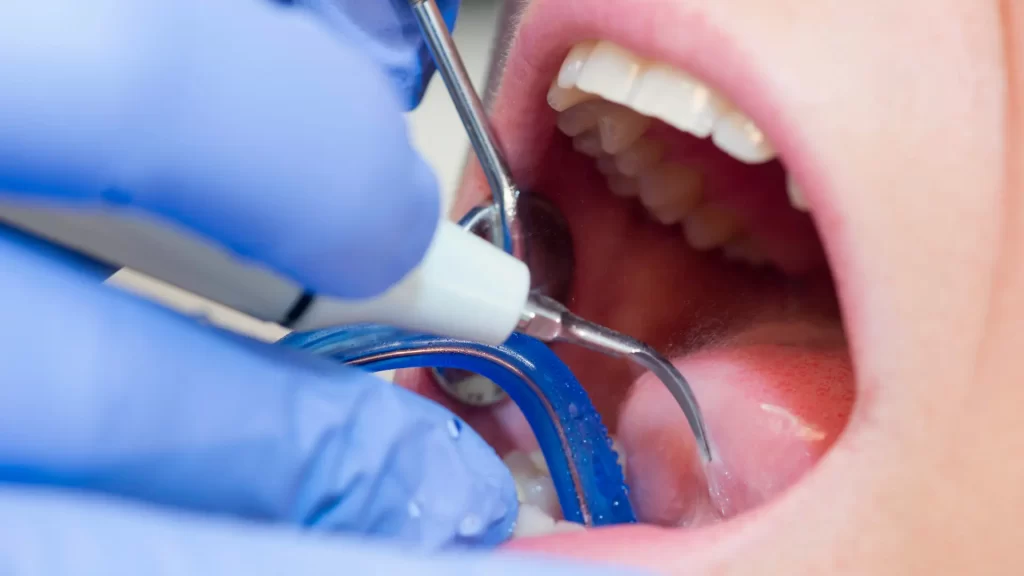
How to Remove Tartar or Calculus at Home if You Can’t See a Dentist
While dental care by a professional is necessary for the removal of tartar, there are steps that can be done at home to help manage and minimize the tartar buildup, especially if one cannot see a dentist immediately. It is important to note, however, that these methods are not a replacement for professional dental care.
At-Home Remedies for Tartar Removal
Regular tooth brushing: Brushing with fluoride toothpaste at least a few times is essential to stop tartar formation. You must brush for a minimum of two minutes every occasion with a soft bristle toothbrush. Brushing at the gums while also flossing between teeth is essential. Use correct brushing techniques to guarantee the best and most beneficial results for your oral health.
Daily Flossing: The toothbrush misses areas where plaque and food accumulate between teeth and the gum line; flossing takes care of this. You must include it in any dental cleaning plan. Brushing is beneficial to maintain good hygiene; still, it fails to reach all nooks and crannies of the teeth. By flossing regularly you promote cleanliness and reduce the risk of tooth decay.
Antimicrobial Mouthwash: To remove bacteria and stop plaque growth effectively clean your mouth with antiseptic mouthwash. Look for mouthwashes made with chlorhexidine or essential oils as alternatives. Your dentist can help you select the finest mouthwash for your situation by recommending options that focus on your teeth problems.
Baking Soda Paste: With its rough characteristics and others baking soda effectively removes stains and plaque. Create a paste of baking soda and water that allows you to clean your teeth with a toothbrush. This method must be avoided more than twice a week as excessive use might harm the enamel.
Apple Cider Vinegar: One remedy from home that people think can treat tartar is vinegar. Mix it with water and hold it in your mouth for a few minutes; the acidity of the vinegar may damage your teeth if used too often.
Crunchy Fruits and Vegetables: Chewy fruits and veggies like apples and carrots could remove plaque from your teeth. They may cause the salivary glands to operate and dislodge food particles from the mouth while reducing acids.
Limit Sugary and Starchy Foods: By feeding on sugars and starches bacteria create an environment for plaque to develop. Eating sugars and starches should be limited since they promote plaque growth.
Stay Hydrated: If you consume abundant water daily your mouth will remain moist. It helps to eliminate food residues and microorganisms.
A Word of Caution
Home remedies and a good dental hygiene routine can transform your teeth, that’s for sure. But, even though they are good for your overall teeth’s health, they’re not a replacement for professional help whatsoever. It could be very dangerous to try scraping the tartar off the teeth, since it might involve injury and infection. So, please go see your dentist when you can and always seek professional help when it comes to your teeth.
FAQ
How can I remove hardened tartar from my teeth at home?
Hardened tartar cannot be removed without professional assistance at home; however practicing good oral hygiene with regular brushing and flossing will lessen plaque buildup and stop tartar from developing.
Can you scrape tartar off your own teeth?
Scraping tartar from your teeth is not recommended. Performing such an action can injure the soft tissues and enamel in your mouth and result in bacterial infections or dental complications.
Does baking soda really remove tartar?
Due to its mild abrasive nature baking soda assists in removing surface stains and plaque. It does not work to eliminate hardened tartar. To get rid of tartar effectively you need to attend regular dental cleanings.
Will removing tartar loosen teeth?
Due to its mild abrasive qualities baking soda cleans surface stains and plaque quite effectively. It does not influence hardened tartar in any way. Regular dental cleanings represent the sole method for eliminating tartar.
What breaks down tartar on teeth?
Once deposits of tartar set in they are hard to dissolve; however consistent brushing combined with professional cleanings can stop its formation. Mouth rinses containing antimicrobials lower the bacteria that contribute to tartar buildup.
What happens if you pick tartar off your teeth?
Extracting tartar with your fingers can injure both the gums and enamel and may lead to discomfort and bleeding plus the likelihood of infection. Do not attempt to eliminate tartar yourself; the job requires skilled support.






